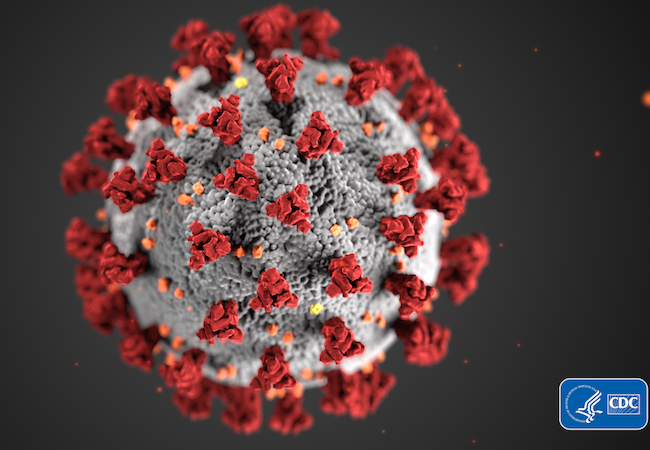What a virtual pandemic can teach kids about the spread of viruses and staying safe

In 2015, Yasmin Kafai led a research team that released a respiratory virus on Whyville, a virtual community designed to promote creativity and learning in kids and teens.
As that pretend pandemic – Dragon Swooping Cough – spread through the community, Kafai’s team began introducing public health lessons, like encouraging Whyville citizens to frequently wash their hands and wear protective face masks in public. Citizens took action, and cases dropped. When a second wave hit, citizens collaborated on a fundraising campaign to develop a vaccine and inoculate the community.
Now, with support from the National Science Foundation, Whyville faces a new viral threat: SPIKEY-20, which Kafai and her team from Utah State University and CalPoly Pomona will release in mid-October, along with a free, open-sourced middle school curriculum about epidemics.
Would you like to try the epidemic curriculum in your classroom? Learn more here.
As the COVID-19 pandemic has spread around the world, Kafai said it’s important to give teachers resources they can use to help students understand what viruses are, what infections are, and how community spread happens. Participating in the Whyville community—which children can also do on their own—teaches important experiential lessons on how to slow the spread of a virus.
“Students will be able to follow the community spread, run simulations, practice preventive behavior , and write about their experiences with this virtual epidemic as well as with COVID in real life,” Kafai said.
Right now, Kafai and her team are recruiting middle school science teachers who want to help pilot the curriculum, which is aligned with Next Generation Science Standards.
While SPIKEY-20 shares some similarities with COVID-19, there is a key difference: SPIKEY-20 will not be fatal to Whyville citizens.
Because this virtual pandemic will occur while COVID-19 is still happening, Kafai’s team, which includes a clinical psychologist, has designed every activity to avoid increasing the stress and anxiety that some children might be feeling.
But the researchers want to make a SPIKEY-20 epidemic realistic in other ways. A significant portion of citizens will test positive, but initially be asymptomatic, Kafai said, to demonstrate how asymptomatic people can quickly spread a virus. The SPIKEY-20 test will also have false positives and false negatives, which citizens will have the opportunity to experience and learn about when they get tested for SPIKEY-20 in Whyville.
Researchers will survey students and teachers to measure how their understanding of epidemics is changed by both the pilot curriculum and the informal Whyville lessons.
With more than 8 million users, Whyville is an ideal community for this activity because it’s safe, learning-focused, and designed to welcome and support girls as well as boys, Kafai said.
Online communities have proven surprisingly helpful to epidemiologists in the past. In 2005, a virtual epidemic spread through the popular online role-playing game World of Warcraft. Epidemiologists saw human behaviors they hadn’t modeled for, including players intentionally coughing on others.
Kafai and other researchers hope students’ experiences with SPIKEY-20 in Whyville will help keep them safe from real viruses in the physical world.

